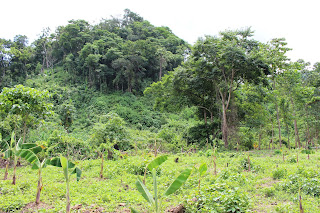Simplifying the Challenges in Interpreting Cultural Landscapes

Simplifying the Challenges in Interpreting Cultural Landscapes Charl Justine Darapisa Cultural landscapes mirror the ways societies have interacted with their environment over time. The flowering of interest in and understanding of cultural landscapes result in the emergence of different values and shared meaning system inherent in such landscapes 1 . However, these landscapes that anchor humanity and nature are continuously threatened by the ephemerality of their values and aging modernism 2 . These threats extend to the cultural heritage that represents numerous communities across the globe. Along with the depreciation of these landscapes, the embodiment of cultural significance, relation to history, traditional knowledge, and even spiritual values also disappear through time. These cases strengthen the need to interpret and understand cultural landscapes before such innately beautiful and culturally significant spaces cease to exist. The ephemerality of cultural l...
